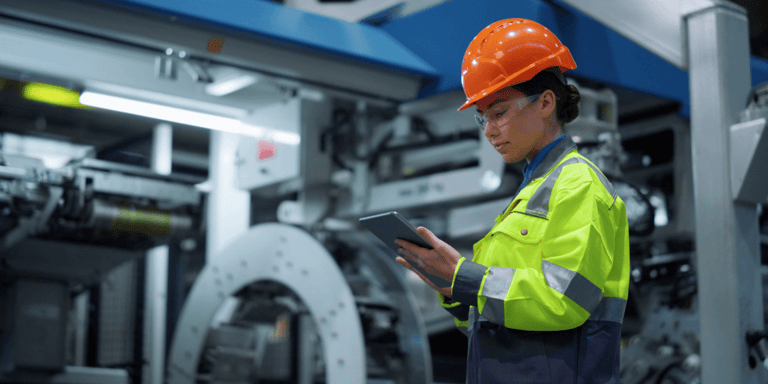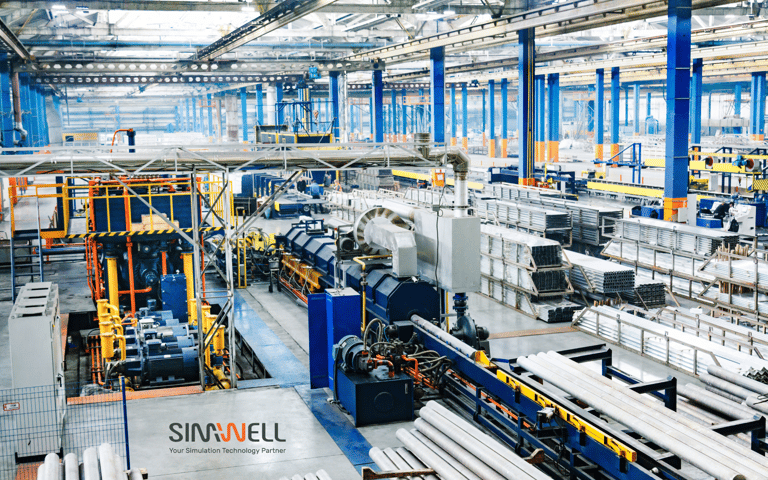
You know how difficult is to keep up your supply chain’s performance.
In most cases, organizations’ supply chains performance declines as:
- The fit between their supply chain and the market they serve changes.
- Their technology gets older and less effective.
- They lose the people who manage their supply chain due to employee turnover.
As a result, an organization’s supply chain becomes more difficult to understand, plan, operate, and control efficiently.
Supply chain transformation initiatives that have delivered great results end up plateauing or declining in performance.
Sounds familiar, right? But what if we told you that it does not have to be this way?
Fascinating new research by David Sinclair suggests that humans do not have to age, but instead, we can live truly long and vital lives by maintaining our ability to regenerate. According to his “Information Theory of Aging”, Sinclair believes that humans, like all living things, age due to a single cause: the loss of information, more specifically, losing critical instructions that cells need to continue functioning. Throughout the book, he suggests that in order to combat aging and promote vitality we need to:
- Take a holistic approach to problems, treating not the symptoms, but the causes.
- View information systems as key to maintaining regenerative capacity.
- Consider the critical impact of daily practices on long-term vitality, such as “eat less”.
- Apply the latest technologies provided by scientific discoveries to extend vitality.
You can see those results in incredibly well-aged elite athletes such as Tom Brady, Vince Carter, Rafael Nadal... the list goes on. Those athletes managed to keep at peak performance well beyond what people considered a normal competitive age.
So, how can we apply these ideas to keep our supply chains performing at their peak performance and keep winning titles like the elite athletes mentioned above?
First, we need to distinguish between health and vitality. Health is the state of being free from disease or injury. Vitality is the state of being strong, active, and full of energy.
The question then becomes, are you waiting for your supply chain to be sick and injured to act, or are you taking the necessary steps to pursue vitality and have a strong, active, and fully efficient supply chain?
The highest-performing supply chains invest in vitality. Take for example Schneider Electric’s self-healing supply chain initiative.
- They take a holistic approach including all their vendors and operations.
- They chose to invest in information systems that allow them to gather data, make sense of it, and adapt their operations accordingly.
- Their day-to-day practices are aligned to achieve optimal inventory levels (“eat less”).
- They apply the latest technologies such as machine learning to increase the velocity and accuracy of their response.
It may seem that investing in supply chain vitality may be only available for large companies that have large budgets to invest in technology and hire all the people necessary to make it work. However, it does not have to be that way.
Imagine if you could invest in the vitality of your supply chain, treating the causes and not the symptoms by having at your disposal the latest simulation and optimization technology, developing the in-house capabilities to use it efficiently, and achieving to maintain a strong, active, and full of energy supply chain.
SimWell provides this option for you. We use the latest technology to model your supply chain and we make sure it is handed over to you so you can find answers to your most critical challenges.
You don't have to worry about your supply chain vitality when you take the right steps. We provide a service that fits your needs and budget and will bring vitality to your supply chain on your own terms.
Why wait any longer to prevent your supply chain from aging?






